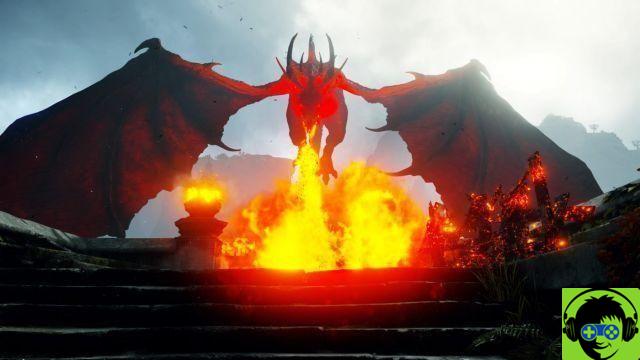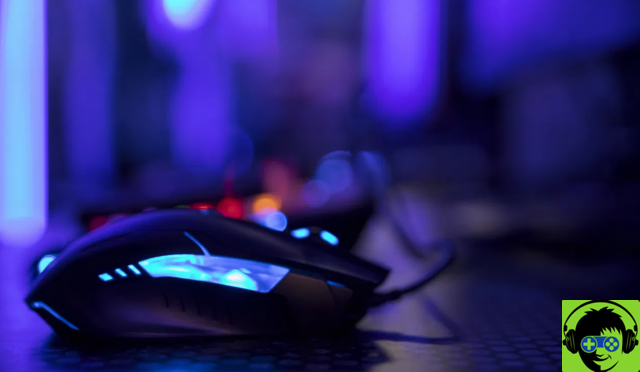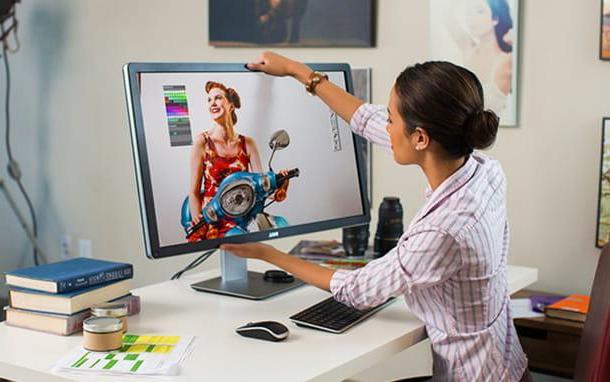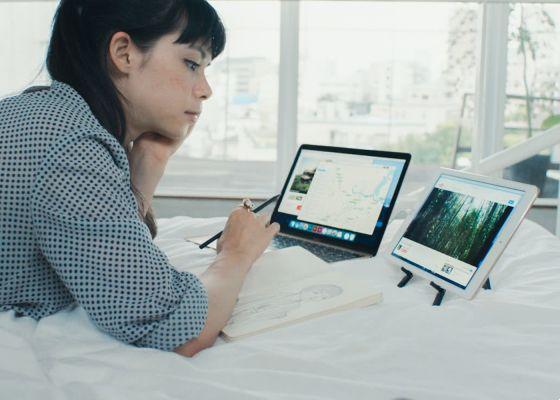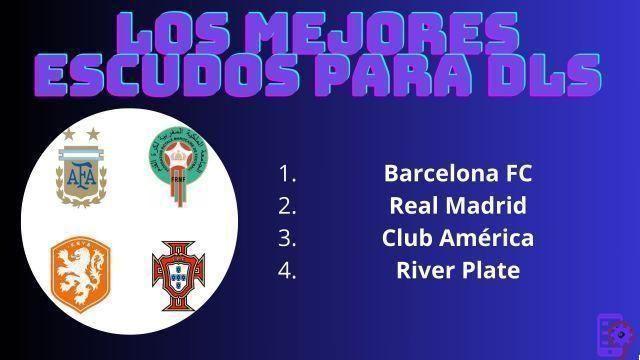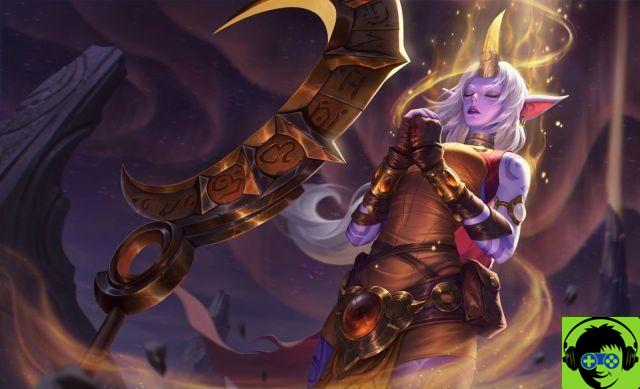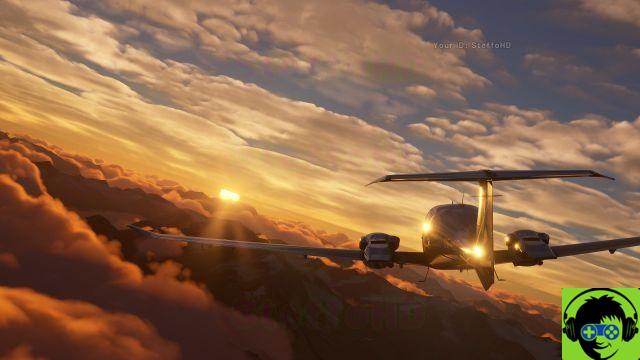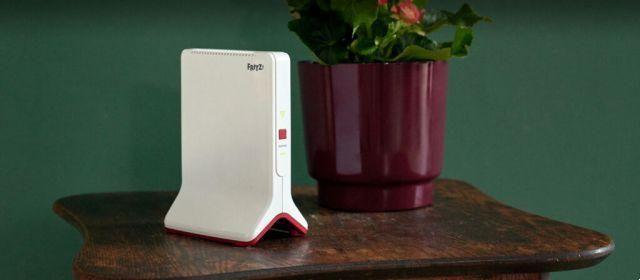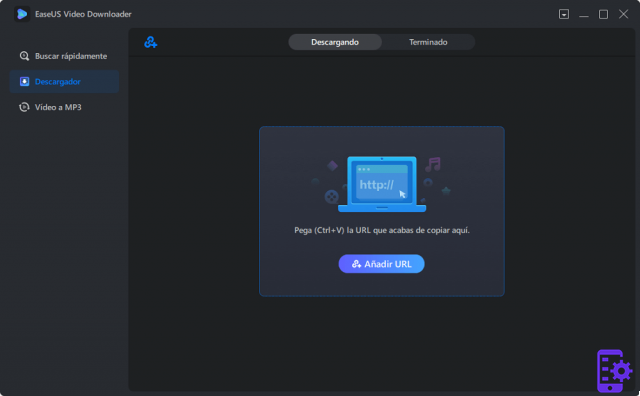You are looking for a new camera and would like to avoid products of important dimensions. At the same time, the camera of your dreams must be versatile, powerful, and must meet your needs in all circumstances without requiring continuous maintenance or without having to change lenses for each type of shot. Shooting quality is important to you, but you don't worry too much about color fidelity, and you're not looking for record-breaking sharpness. If I guessed it, you are looking for one bridge camera!
Bridge cameras are among the most complete and versatile non-interchangeable lens cameras out there. They do not reach the quality levels of professional reflex or mirrorless cameras, but they are not designed for professionals either. They are perfect for those who shoot in automatic mode or even in manual mode, but without necessarily having to go crazy for every shot. Their main quality is often that of having a very long focal lens, which allows you to zoom to lose your head.
In short, if what I have listed are the characteristics you are looking for and you can't wait to get your hands on a new camera, I suggest you read the next paragraphs, in which I will advise you on the parameters to be evaluated in order to make your choice. and I will show you what, in my humble opinion, are the best bridge cameras of the moment. Also, if you don't know the jargon of the world of cameras, I suggest you read the next paragraphs carefully, in which I will explain the basics to start orienting yourself in the world of photography. Happy reading and happy shopping!
What is a bridge camera
La bridge camera it is a type of camera that combines the practicality and ease of use of a compact camera with some of the typical features of reflex cameras. Bridgeafter all, it means bridge in English, precisely because the purpose of bridge cameras is to connect these two worlds. In reality, of course, there are advantages and disadvantages compared to both compact and reflex cameras, but the bridges represent a very right compromise for an overwhelming majority of users.
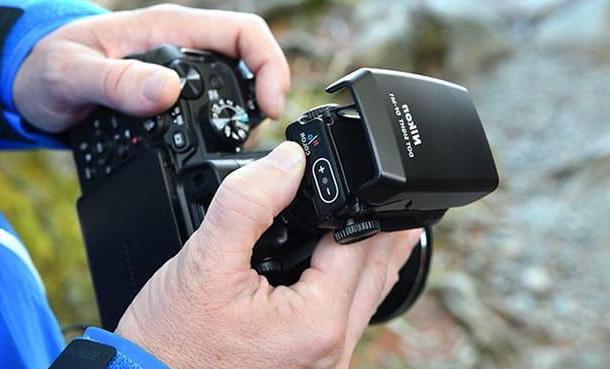
A feature of the bridge cameras it is often the presence of a obiettivo with variable focal length and possibility of zoom very extended, which allow you to frame even very distant subjects (for example the moon) in a close-up manner. In this case, bridge cameras can also be called superzoom o megazoom, and represent highly sought after solutions on the market thanks to their extreme versatility. In bridge cameras the lens is not interchangeable and the dimensions are halfway between a compact and an SLR.
Fotocamera bridge o reflex
If the question still haunts you, I try to clarify the advantages and disadvantages of using a bridge camera compared to an SLR. The bridge they are indisputably more compact and lighter than a reflex, and are less complex in the internal structure. For example, they do not use a viewfinder glass, which is therefore less accurate than an SLR, and the lens cannot be replaced. The reduced complexity means that much less maintenance is required, since, for example, it is very difficult for dust to enter the machine when replacing the lens.
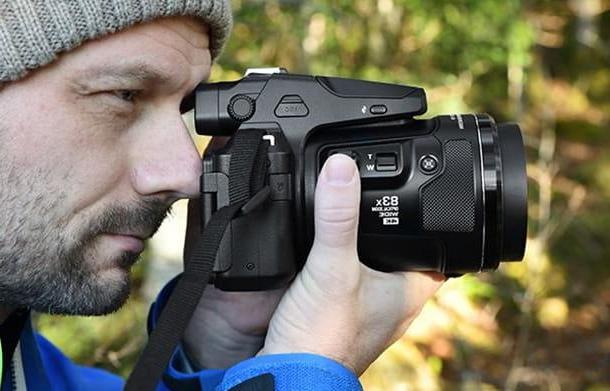
Furthermore, on a bridge the only lens present often covers a very wide variety of focal lengths, ranging from ultra wide angle up to the pushed telephoto lens. On the other hand, compared to a reflex they often (but not always) have a limited number of functions as regards the manual shooting mode; then the quality of the shots is not comparable, since it is closer to that offered by a compact camera, due to the use of smaller sensors. In short, for a professional, a bridge can be a limit.
How to choose a bridge camera
Now that you are completely convinced to buy one bridge camera I'll explain how to find your way around the various choices of the various producers on the market (Nikon, Sony e Canon). In the following lines, I will therefore explain the meaning of the essential terms to understand how a bridge camera behaves without necessarily having it in front of you and trying it with your hand.
Megapixels
Just like an SLR or a compact camera, even in a bridge camera the sensor it is one of the most important parts. It is a kind of "brain" that transforms the light that passes from the lens into pixel, which then make up the final image. The number of pixels that make up the complete photograph defines the resolution of the shot and, given that it is millions of pixels for each photograph, the unit of measurement with which the resolution is declared is the Megapixels (MP).
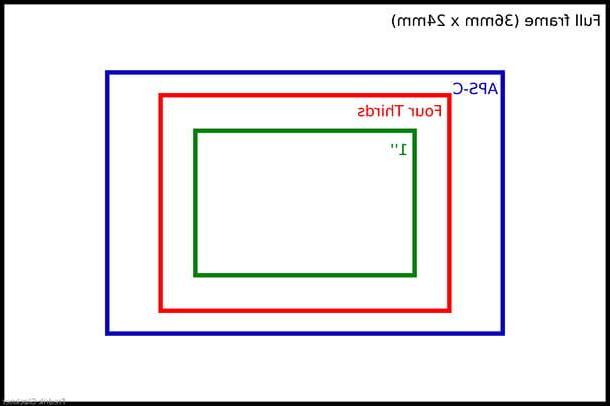
A high number of megapixels does not always correspond to a superior image quality, as is unfortunately often mistakenly believed. The quality in terms of detail is instead established by the resolving power, which on a bridge is often lower than on a reflex or mirrorless. The resolving power is instead determined by many factors: sensor size, response to high ISO, quality of the lens at certain focal lengths, and it is important that the ambient light is obviously good.
ISO sensitivity
Since we talked about ISO, I'll explain what it is: it is, specifically, a system that was also used at the time of film to collect a higher or lower amount of light going beyond the physical limits of the lens. With film cameras it was necessary to use dedicated films with different sensitivities, while today to change the parameter it is sufficient to change an item in the settings menu or press a button. Much more comfortable, I would say!
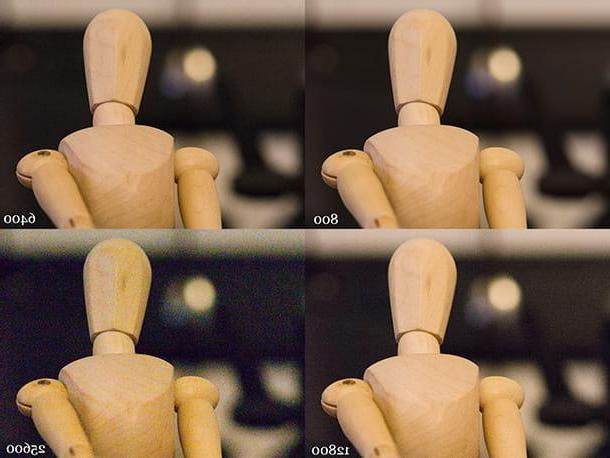
Normally a is used ISO sensitivity low when it is in the daytime under the light of the sun, while at night or in the dark the ISO tends to increase. However, increasing the value leads to a progressive increase in noise. Usually, quality sensors produce low noise even at high ISO, while smaller ones installed in bridges deteriorate image quality and resolving power more evidently. As this is important, online reviews usually show the behavior at high ISO.
Focus
La focus is a system that allows you to highlight the subject of the photo. It can be set manually or automatically: in the first case through a ring in the lens on reflex and mirrorless cameras, while on bridges the operation can often be performed through a lever or dedicated keys. The focus point is very important in all the shots, whether you are churning out a colorful panorama, whether you are looking for the bokeh perfect in a portrait.
All bridges on the market today can still set the focus point automatically, with a more or less marked speed based on the quality of the model. Focusing speed is important for example in sports shots or when the subject is unpredictable (puppies, animals in general or children). The feature is called autofocus or, as you will find very often, auto-focus. This is a very important feature, since it facilitates one of the most difficult operations of manual shooting.
Target
I have spoken to you several times aboutobiettivo, one of the fundamental components of bridge cameras since it is from there that the light passes to get to the sensor. On a bridge the lens has a variable focal length, often covering the most useful range, but it cannot be replaced.
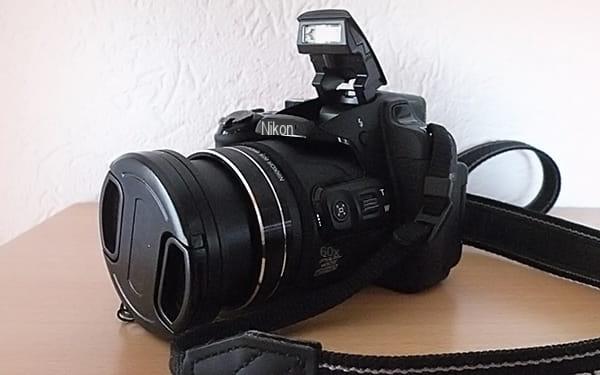
Below I give you some pointers to understand how the objectives on a bridge work.
- Focal length - technically, this is the distance between the sensor and the center of the objective lens when the focus is at infinity. The unit of measurement is always used mm (millimeter): a focal length is defined wide-angle lens when it is less than 35mm, normal when it is between 35 and 50mm, while when it is greater than 50mm we speak of telephoto. At very low focal lengths, such as 12 or 18mm, you can encounter terms like ultra wide angle. The objectives macroon the other hand, they can focus on extremely close subjects, even a few centimeters from the center of the lens. In bridges you will often find talk of zoom, indicated for example with 40x: this writing means that the maximum focal length is 40 times longer than the minimum.
- Aperture - this term indicates the aperture of the aperture in F-stop at the extreme points of the lens. For example, in a lens ranging from 18 to 300mm you can read a value like f / 3.5-6.3. This means that at the 18mm focal length you can set a maximum aperture of 3.5, at that of 300mm you can push up to 6.3. The lower the number, the more light that passes through the lens, because the aperture is wider, and at the same time the depth of field is reduced so the portion of space in focus will be smaller. Useful, for example, to emphasize a subject in a portrait and make it stand out against the background.
- Stabilisation phase - some lenses (sometimes even sensors actually) can be stabilized, in order to avoid micro-blur when a short shutter speed cannot be selected. When there is little light in the environment, stabilized lenses tend to offer a better rendering in the detail of the photo.
Shooting speed
Fast auto-focus is important in sports photos or with unpredictable subjects, as I told you before, but in these cases it also helps the so-called burst. Indicates a series of photos taken in rapid succession, useful when the certainty of obtaining a quality photo is low. If the shutter speed of the machine is high, in a given amount of time it will take a higher number of photos, giving you the possibility to choose from a variety of results so as to increase the chances of getting a decent shot. The shutter speed is indicated by the manufacturers in fps (frames per second), and in bridges it is almost always inferior to mirrorless cameras and comparable to that of reflex cameras of a few years ago.
Video recording
A bridge can be used not only for taking pictures, but also for recording videos. For video, different standards are used to define the resolution: the more advanced bridges record in 4K Ultra HD, that is, with a maximum resolution of 3840 × 2160 pixels. A more widespread and less defined standard is the Full HD (1920 × 1080 pixels) and at the intermediate level we have the Quad HD (2560 × 1440 pixel). Among the standards in terms of resolution we also have theHD, equal to 1280 × 720 pixels.

Videos can be recorded to a frame rate different, which is measured in fps, based on the type of video and the needs of the operator. The frame rate indicates the number of frames per second: the most common values are 25 fps, 30 fps, 50 fps e 60 fps. As the frame rate increases, the smoothness of the recording improves, however not everyone likes the “soap opera” effect of 50 and 60fps videos. Some bridges may support the slow-motion, with frame rates of 120fps, 240fps or even more.
Le best bridge cameras they can also record with a bitrate very high (even from 50Mbps or more), even if in this case they are requested SD memory cards quality. Check out my guide on the best SDs if you want to know more on the subject.
functions
When buying a bridge camera the number and quality of the functions present. For example, if you like to have more control in the preliminary phase of the shot, check if there is the manual shooting mode. Bridges necessarily have a , to check the picture before pressing the shutter release button, and to establish options and settings. Some models may have a tilting display or support the touch screen (convenient for setting auto-focus or options). Often the displays are LCD, but sometimes you can find better panels with technology OLED.
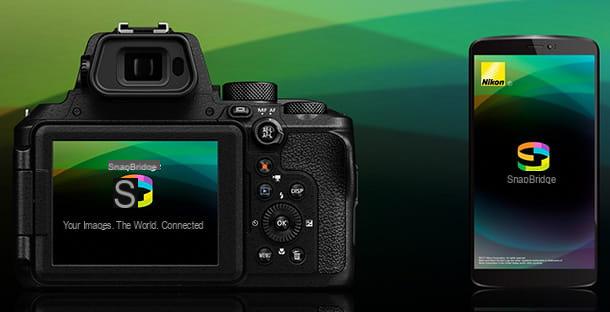
The functions present on a bridge camera may include the built-in flash, the ability to share photos with smartphones, tablets, and PCs via cable or wireless, for example with technologies Bluetooth, Wi-Fi, or by performing quick pairing via NFC. Some latest generation bridges can also integrate the GPS module, in order to save the location information in the metadata of the photograph. It doesn't happen very often, but the best bridge cameras can also have a tropicalized body, so they can withstand contact with liquids, dust, and in some cases even shocks.
Which bridge cameras to buy
However, the question remains: which bridge camera to buy? The answer is the usual: it depends on your needs and how much you want to spend. Below I propose you the best bridge cameras divided into price ranges, to be chosen on the basis of your shooting habits and your tastes.
Best cheap bridge cameras (up to € 300)
Sony DSC-H300
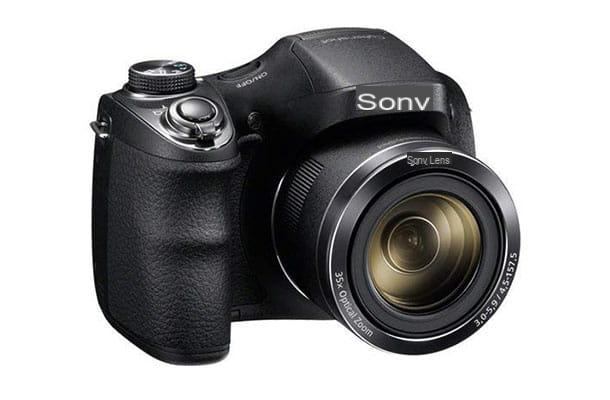
If you want to spend the minimum wage and the quality of the images is not your obsession, the Sony DSC-H300 may be the right model for you. It uses a 20,1MP Super HAD CCD sensor with lens support that boasts a 35x optical zoom. Among the functions we have panorama mode and SteadyShot stabilization that can be used with both photos and videos. Among the qualities we have the reduced size and weight, while the lens is not very bright (f / 3-5.9). The limited ISO support, from a maximum of 3200, doesn't help either.
Kodak AZ422
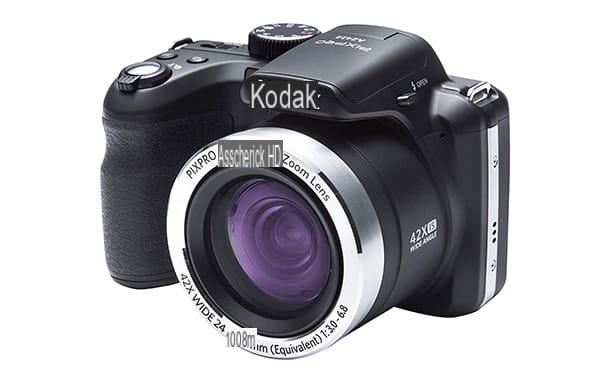
Another very cheap and no-frills bridge is there Kodak AZ422, with 20 Megapixel sensor and support for video recording at HD resolution, so only 1280 × 720 pixels. This model boasts a stabilized zoom capable of going up to 42x, with a focal length equivalent to the standard 35mm equal to 24-10008mm. The lens aperture is f / 3-6.8, so don't expect super bright shots if the lighting conditions don't allow it.
Canon PowerShot SX430 IS
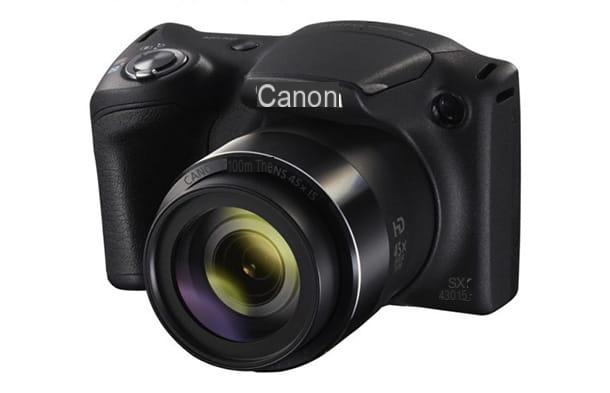
Among the cheapest products I can only recommend the Canon PowerShot SX430 IS, a bridge camera particularly popular with the public. It doesn't cost much and doesn't churn out professional shots, that's obvious, but it takes advantage of all Canon's camera know-how. On this model we have a 20 Megapixel sensor with a 24mm lens in the shortest focal length, capable of going up to 42x as a zoom. With the ZoomPlus function you can have an image even at 80x, but in this case the zoom is digital and with loss of detail. Unfortunately, it only records at HD resolution.
Nikon Coolpix B500
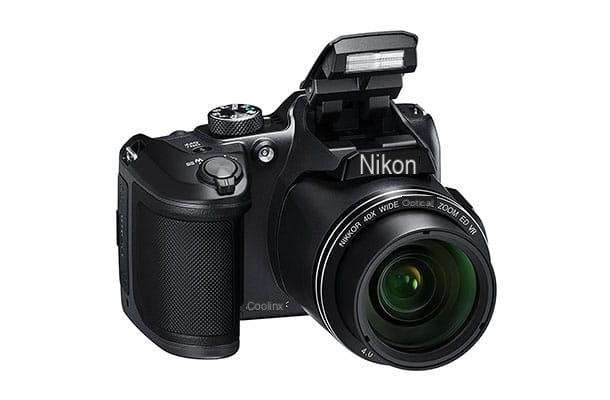
Another economic model with excellent qualities: the Nikon Coolpix B500 it is also a very famous super-zoom bridge, equipped with a 16 Megapixel sensor with a stabilized lens that offers a maximum magnification factor of 40x. It is a complete model, thanks to the presence of Wi-Fi and Bluetooth module, 3 ″ tilting display. If you record a lot of videos and don't want to spend a lot there is good news: the Coolpix B500 registra in Full HD.
Panasonic Lumix DC-FZ82
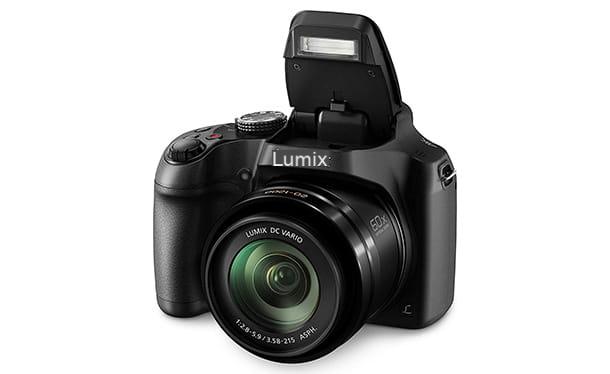
The feature that immediately catches the eye, of the Panasonic Lumix DC-FZ82, is the ability to record videos in 4K. It has a precision viewfinder and a very versatile lens from 20mm up to a maximum of 1200mm equivalent in the 35mm format. This camera offers an aperture of f / 2.8-5.9, so it's not super bright, and has an 18.1 Megapixel sensor. It is aimed above all at amateurs, but it also allows you to churn out photos of quite convincing quality.
Canon PowerShot SX540 HS
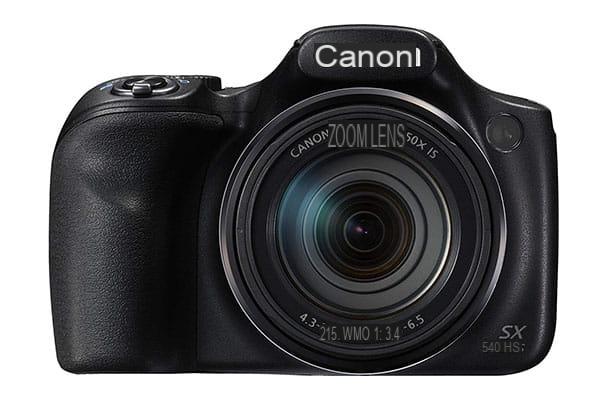
La Canon PowerShot SX540 HS is another solution for those looking for a good quality model for both photos and videos. It adopts a 20,3 ″ sensor and a 24mm lens that can go up to a magnification factor of 50x. It records in Full HD with a maximum frame rate of 60 fps and can connect to the smartphone via Wi-Fi, even by performing quick pairing with NFC. Several shooting modes designed for the less practical, while the lens has an aperture of f / 3.4-6.5, not exactly the maximum.
Sony DSC-H350
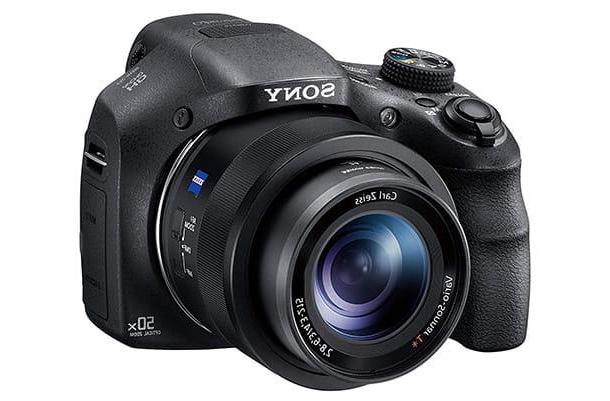
Another good solution among bridge cameras is the Sony DSC-H350, capable of taking photos at 20.2 Megapixels and recording videos at 1080i resolution through the high quality AVHCD codec with stereo sound. The lens offers a magnification factor of 50x with an aperture of f / 2.8-6.3 and is made by Sony's Carl Zeiss division. We have built-in stabilization and proprietary Sony Bionz X processor.
Nikon Coolpix B600
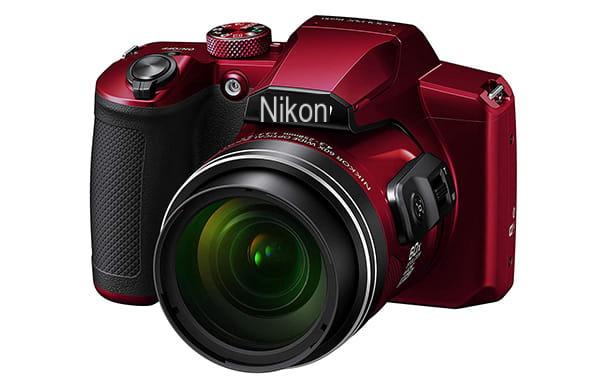
La Nikon Coolpix B600 is a bridge camera capable of churning out a 60x optical zoom as a magnification factor. It implements a 16 Megapixel sensor, the possibility of recording at Full HD resolution, and support for Bluetooth and Wi-Fi. It is also sold in a red color variant, while - specifically - the lens can go from a focal length of 24mm up to 1440mm. Through a digital mode the zoom can reach up to 2880mm, but with a loss of quality. It also supports 60fps as the frame rate in Full HD recording, and the audio is stereo.
Best high-end bridge cameras (€ 300 and up)
Panasonic Lumix DMC-FZ300
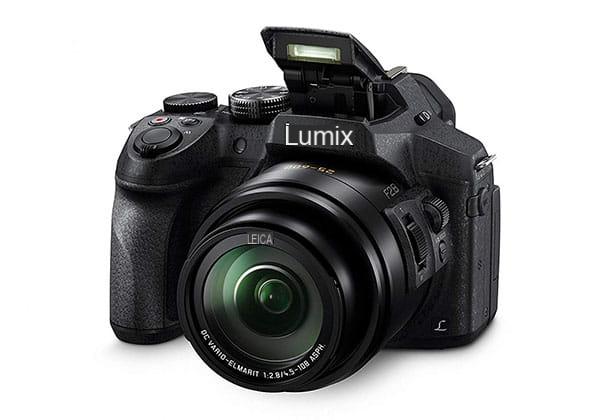
As with mirrorless cameras, Panasonic also focuses on video with bridge cameras. The Panasonic Lumix DMC-FZ300 it is a clear example of this especially in the choice of the 12.1 Megapixel sensor. It may seem little, but in reality for videos it represents a targeted choice: at the 4K Ultra HD resolution an extended portion of the sensor is used to the advantage of the quality of the recording. As a lens we have a 25-600mm Leica DC Vario-Elmarit with 24x optical zoom. The aperture is f / 2.8-4.5, therefore quite bright at all focal lengths, and it is optically stabilized at 5 axes. If you intend to record several videos, this is the bridge tailored for you.
Sony DSC-H400V
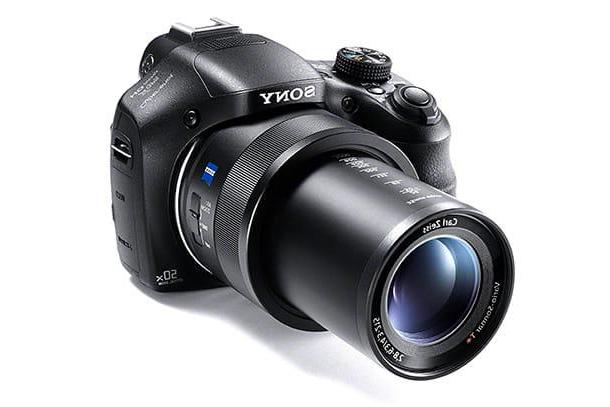
La Sony DSC-H400V it is a bridge with a zoom extended to 50x, with an acceptable price. It uses a 20.4 Megapixel Exmor R sensor paired with a Zeiss Vario-Sonnar T quality lens. This camera supports all popular wireless connectivity systems, including Wi-Fi and NFC, and also features a GPS module for geolocation all around. inside the photos. The lens is stabilized with SteadyShot technology, for a versatile model for both photos and videos (Full HD at 50fps).
Nikon Coolpix P900
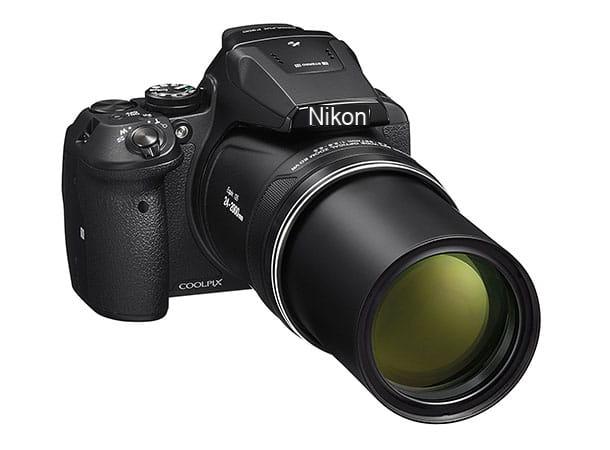
La Nikon Coolpix P900 has long been regarded as the best super zoom bridge, especially for those looking for a very high focal extension. The lens provides a 83x magnification factor, an unprecedented feature even for bridges, and is combined with a 16 Megapixel sensor. This model implements digital zoom modes up to 166x and has a stabilization system that allows you to recover up to 5 stops. It supports GPS and Wi-Fi and can record in Full HD. If you have a budget of around 500 euros, with this model you are certainly not wrong.
Panasonic Lumix FZ1000
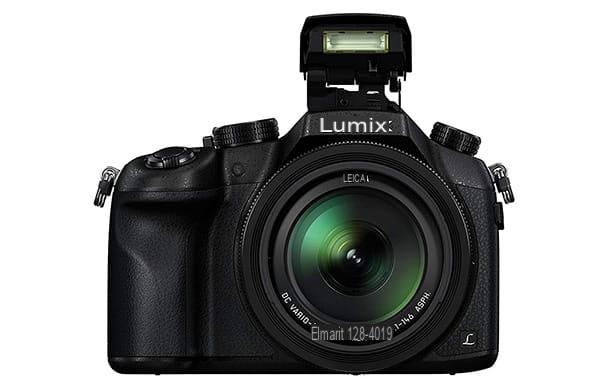
The bridge camera par excellence if you are a video amateur. There Panasonic Lumix FZ1000 it can record in 4K Ultra HD at a frame rate of 30fps, or in Full HD at a maximum of 60fps, and features a 20,10 Megapixel sensor paired with a Leica lens with 16x optical zoom. The zoom is extended, but not like other models of the same category, however the lens is very bright in all its focal lengths (f / 2.8-4).
Panasonic Lumix FZ1000II
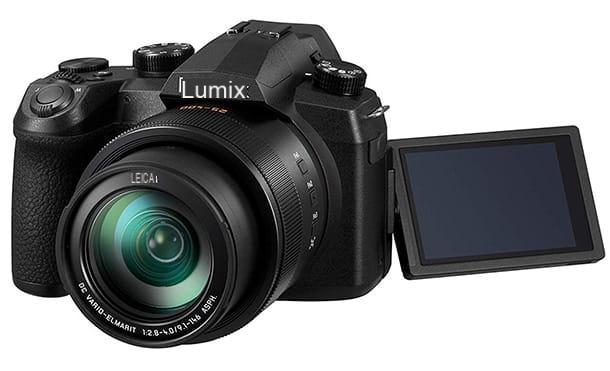
The best bridge camera is the Panasonic Lumix FZ1000II, however, know that at this price you can buy quality SLRs and mirrorless cameras. If you don't want the hassle of professional products, however, this model can make you quite happy: it uses a 20,10 Megapixel sensor and a bright lens thumb, the same as the FZ1000 I just told you about. This model features a very high quality OLED viewfinder and can go up to 12.800ISO, and has a 5-axis Hybrid (optical and digital) stabilizer. Wi-Fi and Bluetooth are integrated, while in burst mode it can reach 12 fps with single-shot auto-focus.






